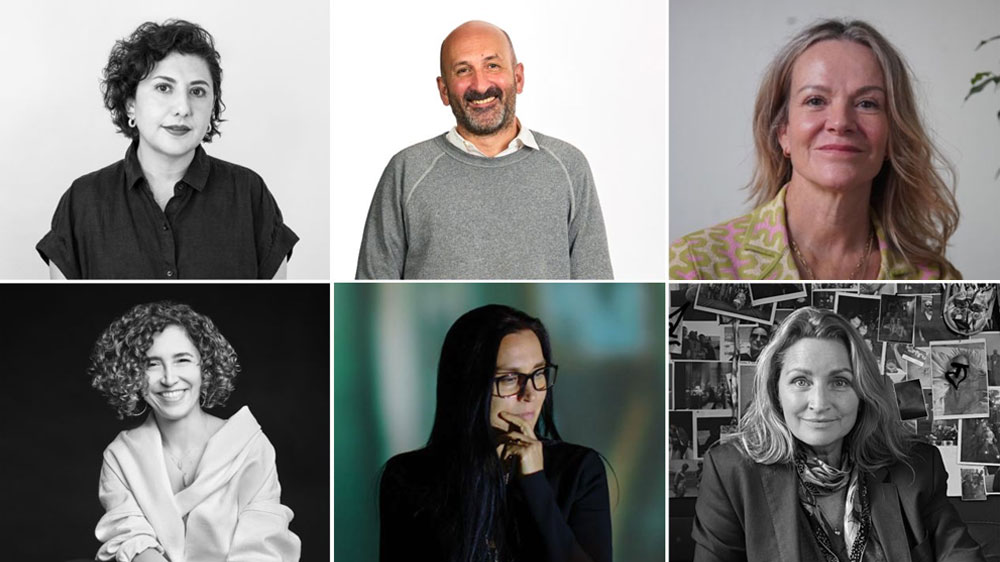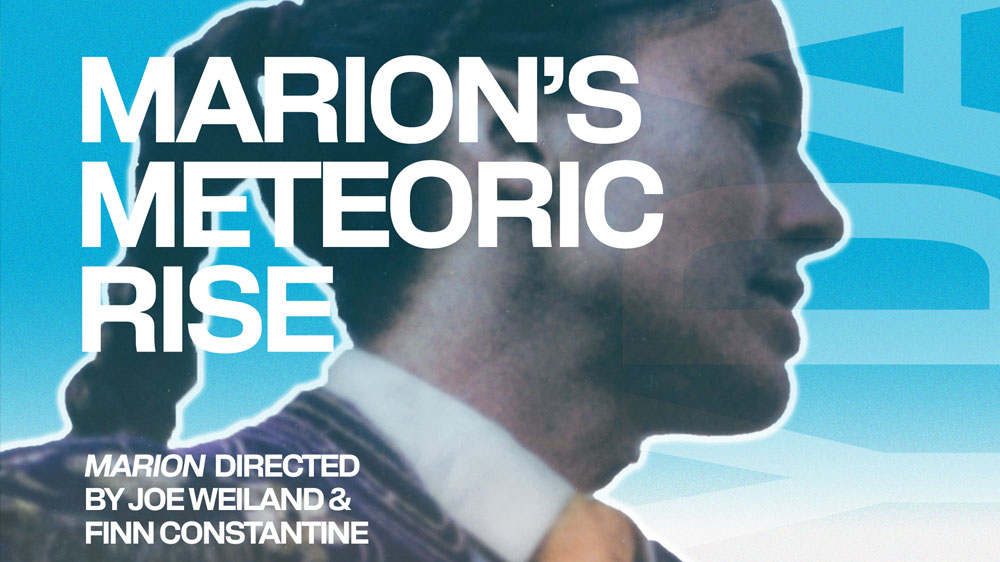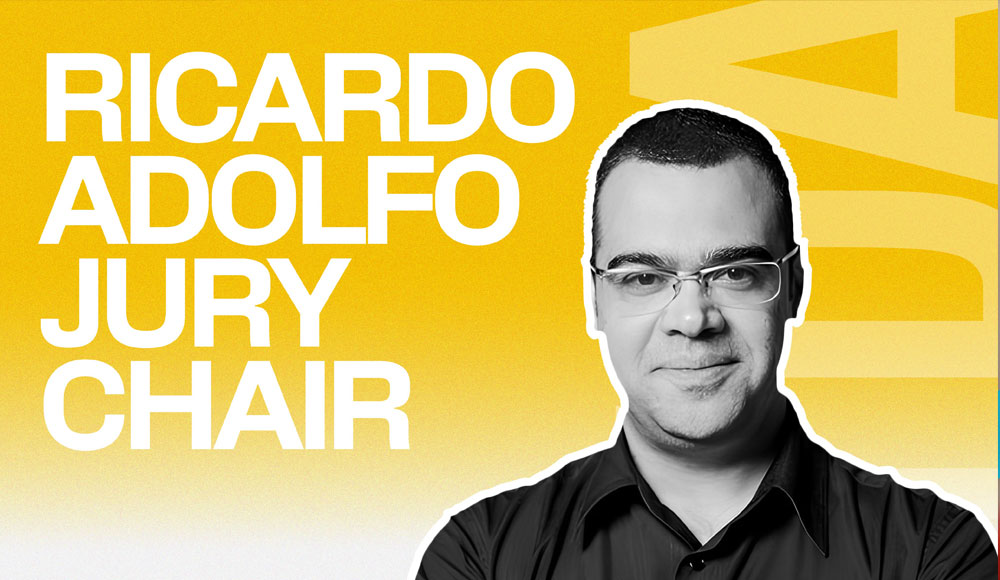A beautifully told narrative of a bee keeper in Hong Kong, an experimental effects film for Kirin and a music video that has been scooping up awards… the mix of Kiku Ohe’s styles and work is as intriguing as the mix of his Japanese-Australian heritage. We caught up with Kiku in Sydney.
You were raised in Australia with a Japanese father and Australian mother and travelled to Japan frequently during your childhood. How does this cultural mix impact on your work?
I definitely think it does on a subconscious level, but it’s not something that is front and centre of my mind when I am working. I think it’s the same for anyone, what you are exposed to directly effects your perception.
You’ve recently signed to Exit Films but you’ve only been directing for a couple of years. What were you up to before joining Exit?
I was working independently and formed a collective called The Silentlights which makes indie films, music videos and art-based projects.
The shots in Hong Kong Bee Keeper are beautifully framed with little camera movement. Did you storyboard everything in detail – how did the shoot evolve?
I developed a clear structure of how I wanted to tell the story and we researched key locations for this story to unfold as if they were scenes. Once we were there it was pure documentary film-making where instinct, chance and awareness led the process.
Did you edit the visuals to the script or fit the script to the story as it unfolded?
The evolving script drove the visuals.
The narrative is told in a very natural way – did you have to shoot many takes of Michael in specific scenes?
No it was one take stuff most of the time to keep it natural and fit within the schedule we had. Michael is a natural, calm and charismatic guy so it was a matter of presenting him in an honest way.
Michael says bees are friendly. Did you get stung?
Haha, I did get a kiss from one of the bees, but it was because I was agitated and moving around quickly – light was fading on location and the DOP needed another memory card so I was rushing to grab one frantically and bang – I got stung. It’s absolutely true that if you act calm and slowly and are not perceived as a threat to them they have no reason to sting. The bees die when they sting you so they need a good reason to do so.
There’s beautiful lighting – what was your favourite time of day for shooting?
It was great 24 hours a day, the pollution was a soft diffusion so it wasn’t just the magic hours. Hong Kong is also known as the city of lights so the atmosphere at night was great too.
How long was the shoot and what camera kit did you use? Did you operate or do you use a dop?
We shot for four days with the Canon 7D with cinematographer Hugh Miller.
Do you collaborate on the art direction or do you have very strong ideas how each frame should look?
It’s always a collaboration to some extent and I love working with great art directors that can contribute to my ideas on how a frame should look in relation to the story being told.
What was the brief for Kirin and how much creative input did you have on it?
Kirin was essentially an open brief. The film was made to promote their event Big In Japan which is an annual event in Sydney and Melbourne that showcases experimental avant garde artists and fashion from Japan.
Whereas your Nokia film is a live-action narrative, Kirin uses special effects all the way through. What were the challenges of the shoot and post production?
Kirin was a true experimental film piece in line with the kind of artists that the Big in Japan event showcases. It was a collaboration with performance artists KATHY that were part of the first Big In Japan event. I wanted to create something hypnotic and mandala- like to capture their unusual performances. We used a kaleidoscopic effect so we shot with that effect in mind placing them on turntables, experimenting with movement and shooting with a very grainy film to try and bring something a little different with the general kaleidoscopic aesthetic.
You’ve shot several music videos for Angus and Julia Stone including the celebrated Big Jet Plane. What’s the creative process of working with them?
Working with Angus & Julia Stone is always such a pleasure as the creative process is extremely fluid, their music fits very naturally to my aesthetic and sensibilities. We balance working very collaboratively early on; to them having complete trust in me to work independently and hopefully create something honest and pure like their music.







